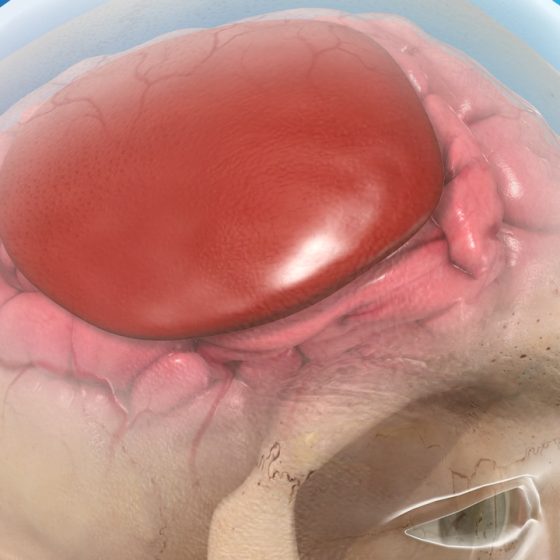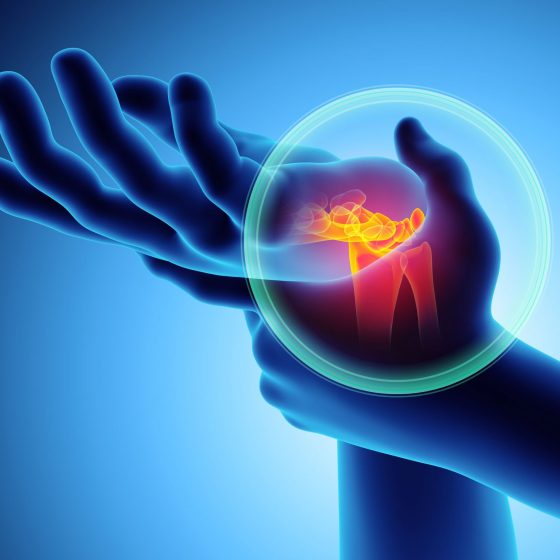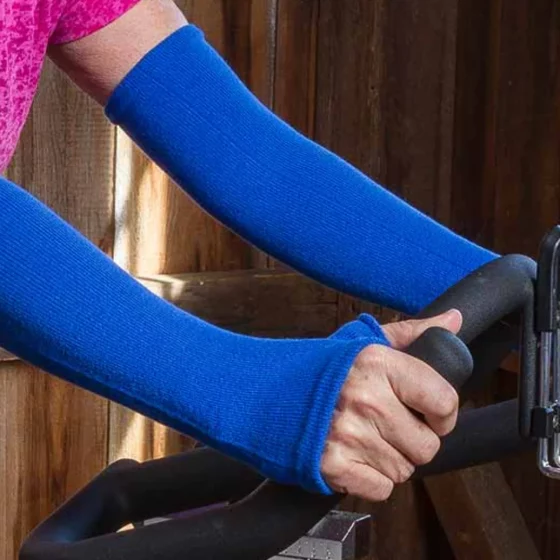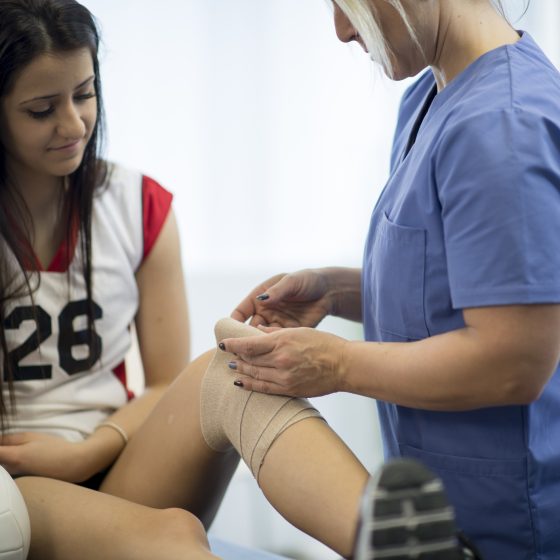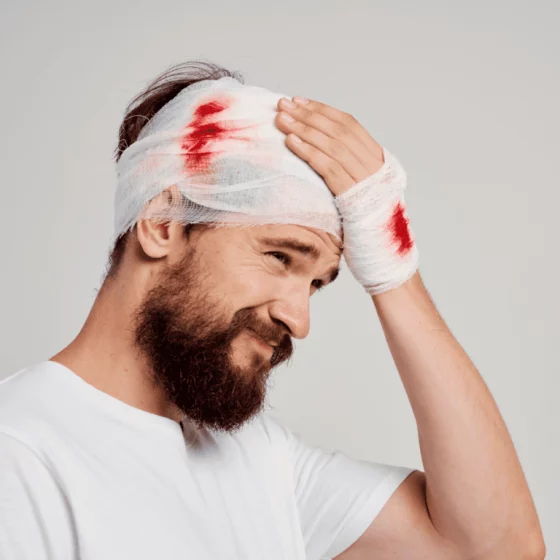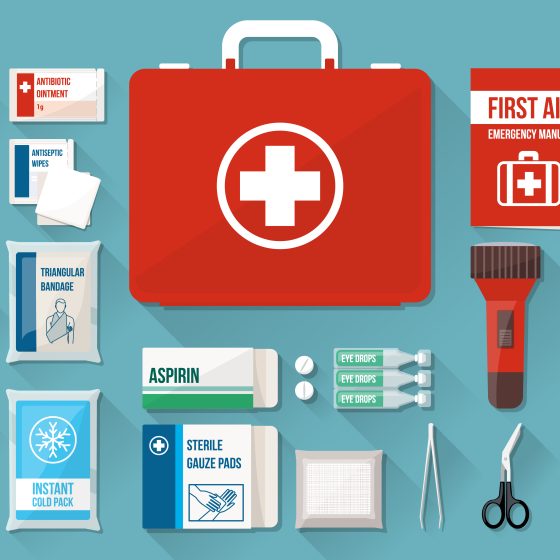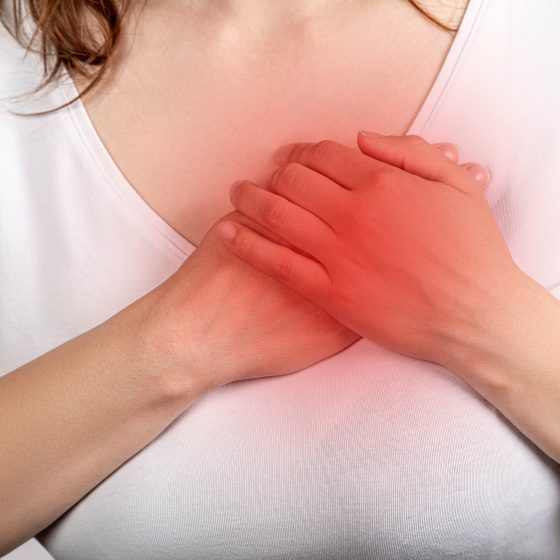Subdural haematoma
What is a subdural haematoma? A subdural haematoma is a collection of blood between the surface of the brain and the skull. It is an emergency condition that can result from a head injury. Subdural haematoma types Subdural haematomas are classified according to the length of time since the event that caused them. They can be: acute (less than 2 days) subacute (2 to 14 days) chronic (more than 14 days) Some people with chronic subdural haematoma have had only a mild head injury or no head injury that they can recall. What are the symptoms of a subdural haematoma?

